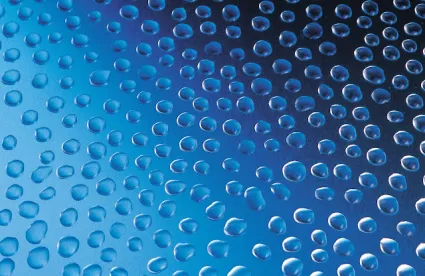About 16 months after SCOTUS handed down its opinion that discharges that travel through groundwater before reaching navigable waters may require Clean Water Act permits if the end result is the “functional equivalent of a discharge,” the litigants that lent their names to the decision received the trial court’s opinion on remand. After implementing SCOTUS’ guidance, the district court reached the same decision it did in 2014: The county of Maui was required to obtain an NPDES permit for its wastewater injection wells at a nearly five-decade-old facility. Haw. Wildlife Fund et al. v. Cty. of Maui, 2021 WL 3007168 (July 15, 2021).
As we wrote in the spring of 2020, SCOTUS knew that its nonexclusive list of seven factors that lower courts could consider in determining whether a discharge rose to the level of being a “functional equivalent of a discharge” would not provide a clear test or guidance for the vast majority of cases (“it does not, on its own, clearly explain how to deal with middle instances,” Cty. of Maui v. Haw. Wildlife Fund, 140 S. Ct. 1462, 1476 (Apr. 23, 2020)). The test provided no clearer guidance for the exact facts that gave rise to SCOTUS’ opinion when the remanded parties filed cross-motions for summary judgment before the US District Court for the District of Hawaii.
While the court acknowledged the existence of several disputed issues of fact, it determined that these facts could not be resolved by “even the most thorough of trials.” The court followed the Maui high court’s seven factors in resolving the dispute.
-
Transit time — Plaintiffs and defendants disputed whether it took as little as a few months (84 days) to as much as over a year (400 days) before the facility seepage reached the ocean. The court found that, regardless, “many years” were not involved in the discharge, per SCOTUS dicta. The court also rejected using the county’s estimated travel time through a hypothetical pipe, etc. to the ocean (hours), to the slower travel time in groundwater (months) as a loadstar for functional equivalency and found that this factor weighed in favor of requiring an NPDES permit.
-
Distance traveled — There was a question of fact regarding how far at least some of the seepage traveled (the county stated the minimum distance was between 0.3 and 1.3 miles, while the plaintiffs’ expert opined it was not more than 1.5 miles). Again relying on SCOTUS dicta, the court found that whether it was 0.5 or 1.5 miles from the Maui water recycling facility in question, it was “far from” the 50-mile example used in SCOTUS dicta and the court, therefore, found that this factor weighed in favor of requiring an NPDES permit.
-
Nature of subsurface solid material — The court found that the discharged wastewater mixed with other materials and flowed through rock and other substances on its subsurface voyage to the ocean. Therefore, this factor weighed against requiring an NPDES permit.
-
Dilution — The court found that dilution occurred (notably, both sides’ experts agreed on this point, to different extents). Therefore, this factor weighed against requiring an NPDES permit.
-
Amount — The dye studies were only able to trace about 2% of the wastewater to the ocean, but all parties agreed that 100% of the wastewater eventually reached the ocean. This factor weighed in favor of requiring an NPDES permit.
-
Manner or area of entrance — While the county argued that it was unknown exactly how the wastewater ended up in the ocean, the court found this factor irrelevant.
-
Degree to which the pollution maintains its identity — The court found that the dye tests still traced the facility’s discharges, despite possible commingling with irrigation water discharges, and that this factor weighed in favor of requiring an NPDES permit.
The court did not consider the EPA’s eighth factor (included in guidance issued after the high court’s Maui decision) of facility design.
The court concluded that on balance factors 1, 2, and 5 strongly favored comparability with a point source discharge from the facility requiring an NPDES permit.
It is presently unknown whether Maui will appeal again or settle by agreeing to implement a recycling system to supply irrigation water, at a cost of millions of dollars.
The new Maui district court case is only one case applying the newly minted test of seven (nonexclusive) factors to establish a “functional equivalent of a discharge.” It gave deference to time, distance, and volume. The case signals a warning to facilities within a few miles of waterways to consider mitigation of groundwater pollution by recycling or other means in order to avoid costly NPDES permits. Proactively, hard hydrogeological data may serve as a defense (or conversely, as an offense), but this data is not cheap.





 />i
/>i
